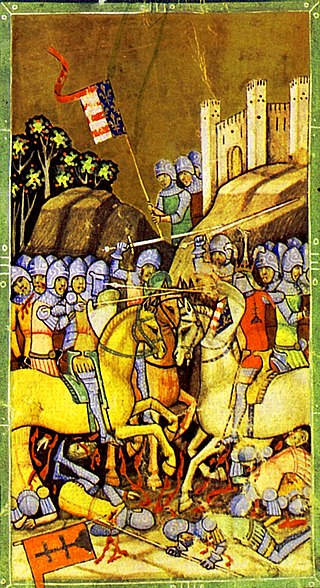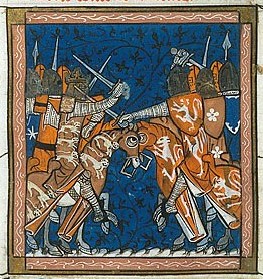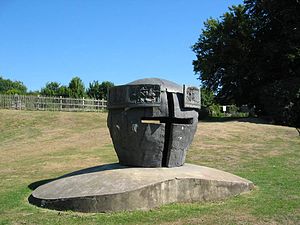
Year 1215 (MCCXV) was a common year starting on Thursday of the Julian calendar.
The 1250s decade ran from January 1, 1250, to December 31, 1259.
The 1210s was a decade of the Julian Calendar which began on January 1, 1210, and ended on December 31, 1219.
The 1230s was a decade of the Julian Calendar which began on January 1, 1230, and ended on December 31, 1239.
The 1260s is the decade starting January 1, 1260 and ending December 31, 1269.
The 1270s is the decade starting January 1, 1270, and ending December 31, 1279.
The 1280s is the decade starting January 1, 1280 and ending December 31, 1289.

Year 1312 (MCCCXII) was a leap year starting on Saturday of the Julian calendar.

Year 1291 (MCCXCI) was a common year starting on Monday of the Julian calendar.

Year 1275 (MCCLXXV) was a common year starting on Tuesday of the Julian calendar.

Year 1217 (MCCXVII) was a common year starting on Sunday of the Julian calendar.

Year 1243 (MCCXLIII) was a common year starting on Thursday of the Julian calendar.

Year 1258 (MCCLVIII) was a common year starting on Tuesday of the Julian calendar.

Year 1261 (MCCLXI) was a common year starting on Saturday of the Julian calendar.

Year 1263 (MCCLXIII) was a common year starting on Monday of the Julian calendar.

Year 1266 (MCCLXVI) was a common year starting on Friday of the Julian calendar.

Year 1281 (MCCLXXXI) was a common year starting on Wednesday of the Julian calendar.

The Battle of Lewes was one of two main battles of the conflict known as the Second Barons' War. It took place at Lewes in Sussex, on 14 May 1264. It marked the high point of the career of Simon de Montfort, 6th Earl of Leicester, and made him the "uncrowned King of England". Henry III's forces left the safety of Lewes Castle and St. Pancras Priory to engage the barons in battle and were initially successful, with Henry's son Prince Edward routing part of the baronial army with a cavalry charge. However, Edward pursued his quarry off the battlefield and left Henry's men exposed. Henry was forced to launch an infantry attack up Offham Hill where he was defeated by the barons' men defending the summit. The royalists fled back to the castle and priory and the King was forced to sign the Mise of Lewes, ceding many of his powers to de Montfort.

The Second Barons' War (1264–1267) was a civil war in England between the forces of barons led by Simon de Montfort against the royalist forces of King Henry III, led initially by the king himself and later by his son, the future King Edward I. The barons sought to force the king to rule with a council of barons, rather than through his favourites. The war also involved a series of massacres of Jews by de Montfort's supporters, including his sons Henry and Simon, in attacks aimed at seizing and destroying evidence of baronial debts. To bolster the initial success of his baronial regime, de Montfort sought to broaden the social foundations of parliament by extending the franchise to the commons for the first time. However, after a rule of just over a year, de Montfort was killed by forces loyal to the king at the Battle of Evesham.
Events from the 1260s in England.













